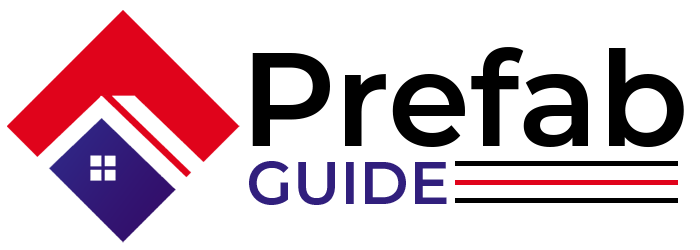Types of Prefabrication
Modular Construction
Modular construction involves fabricating entire building sections or modules off-site in a factory-controlled environment. These modules are typically fully finished, including interior fittings, fixtures, and utilities. Once manufactured, modules are transported to the construction site and assembled into the final structure using cranes or other lifting equipment. Modular construction offers numerous benefits, including accelerated project timelines, improved quality control, and reduced on-site disruption. It is commonly used for projects such as residential buildings, hotels, schools, and healthcare facilities.
Panelized Construction
Panelized construction involves prefabricating wall, floor, and roof panels off-site in a manufacturing facility. These panels are typically constructed with structural frames and sheathing materials such as plywood or oriented strand board (OSB). Once fabricated, panels are transported to the construction site and assembled to form the building’s framework. Panelized construction offers flexibility in design and customization, as panels can be tailored to specific architectural requirements. It is suitable for a wide range of building types, from single-family homes to commercial structures.
Pre-engineered Buildings
Pre-engineered buildings (PEBs) are structures where building components are designed and fabricated off-site according to standardized specifications. These components, including columns, beams, and roof trusses, are manufactured in a factory-controlled environment and then shipped to the construction site for assembly. Pre-engineered buildings are known for their cost-effectiveness, rapid construction, and flexibility in design. They are commonly used for warehouses, industrial facilities, agricultural buildings, and commercial structures requiring large clear-span spaces.
